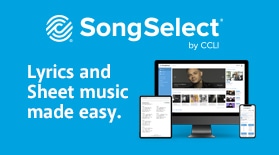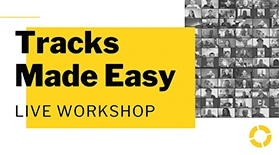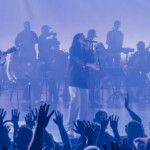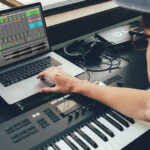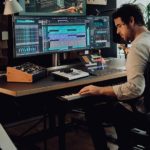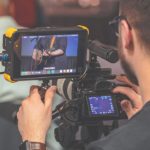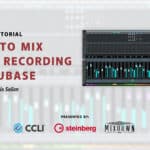Gear
Capturing Your Musical Ideas
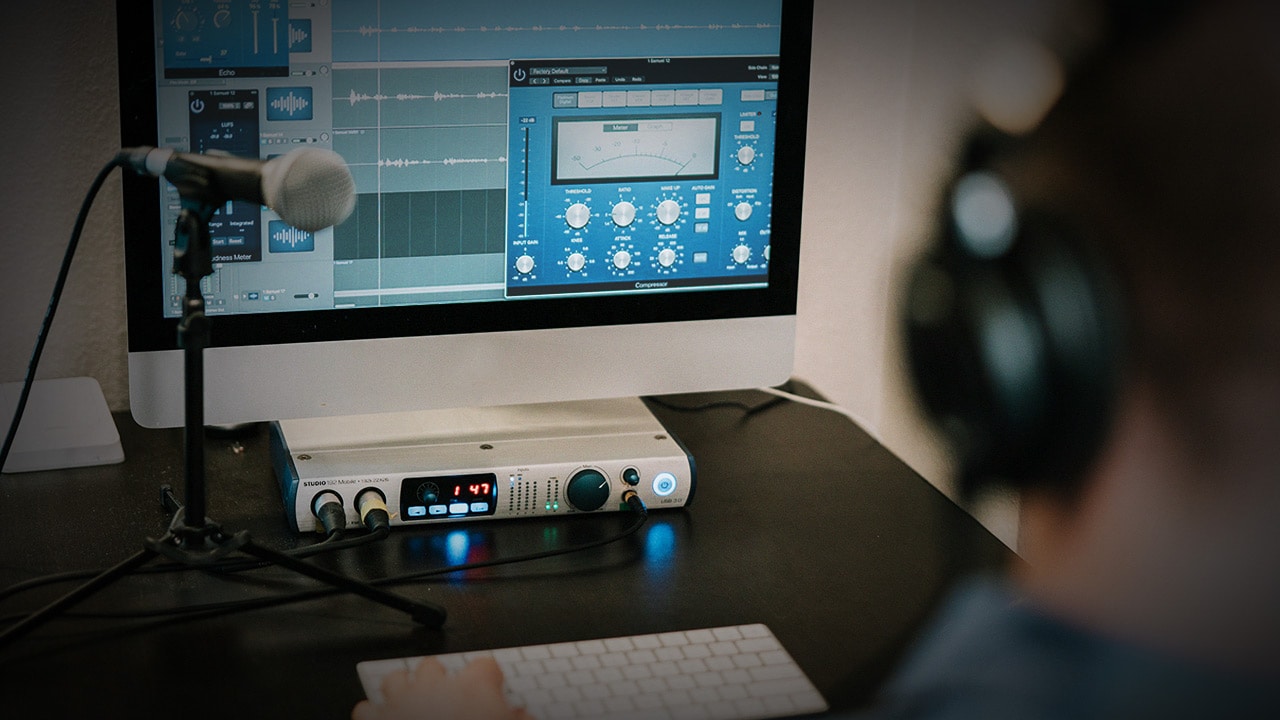
You’ve had a song floating in your mind for some time – maybe years. Suddenly, it comes into focus and you have to record it before it’s lost forever to the ether. But, what do you need to capture your ideas and make a clean recording without spending a fortune or getting lost in an owner’s manual? Are there ways to capture a song without becoming a sound engineer in the process? What are the proper gear investment levels and how do you know where to begin? Finally, what are some best practices the pros use to deliver great results every time?
More Accessible than Ever
In 1877, Thomas Edison invented the phonograph and for the first time the human voice could be heard outside of real-time, and before long musical recordings were all the rage. As technology moved forward, the recording machines became more sophisticated until dedicated recording studios ruled the day in music’s golden era. With the advent of the personal studio in the 1980s, thanks to small, affordable devices, musicians in basements and garages freed themselves from the cost and schedule dictated by professional facilities, allowing inspiration to be captured as it transpired. Today, a recording studio fits in your pocket and boasts more technology than the Beatles used to make music at Abbey Road Studios.
Using the Right Tools
Part of this journey involves learning how to use your tools wisely, in this case your recording device. The goal is to not let the technology get in the way of a capturing a good song. Whether the device uses one built-in microphone and two controls or ten external mics and dozens of knobs, some common rules apply.
Another useful trick is to remove all effects from the initial recording. While it is tempting to set your voice awash in dense reverb, effects tend to muddy a recording unless placed strategically at the end of the process. In similar fashion, turning up the equalizer knobs during recording generally does more harm than good. It is best to record “flat” with no boost to the bass or treble until all the sections are finished and laid out in their place.
Concept of Dynamic Range
Now before your eyes glaze over, it’s not that complicated. It’s basically how soft and loud the sound (signal) can be before it is corrupted in the recording device. On the soft side is the “noise floor” where the self-noise of the device comes into play – nothing much you can do about that. Most technology today is really good and shouldn’t be a problem. At the opposite end is “distortion on the ceiling” where the electronics can no longer pass a clean signal due to its intensity (say, if you’re yelling). A good recording must stay between those two extremes in the middle of the lane. One way to “keep it clean” is to place and maintain a proper (tight) working distance of two to three inches from the mic. Microphones aren’t smart; they simply pick up what is close to them. By using a close technique, the signal enjoys a high ratio above the noise and the recording remains clear.
Keep It Simple
Fun fact: until Les Paul (yes, that Les Paul) and his equally talented wife Mary Ford came on the scene, recordings were a one-shot deal, meaning there was one pass, and everyone had to play the song together from start to finish. Les Paul invented sound-on-sound, or overdubbing, which allowed a musician to record one track and then come back and lay a second track on top of it synced in time. Eventually, more tracks became possible through sync head recorders, making four, then eight, then twenty-four track studios the norm. The phone-sized hand recorders available today with multi-track recording owe their legacy to the work Les Paul did in his garage with money invested by Bing Crosby.

Izotope Spire Studio
For a songwriter just starting out in the recording world, one strong option for capturing your ideas is the iZotope Spire Studio. While it looks like a smart speaker, it is in fact a handy recording studio. Simply set it near you and push the soundcheck button on the front. Remember the concept of dynamic range with noise on the floor and distortion on the ceiling? Well, the Spire takes care of that issue by test recording you singing and playing before the actual session and automatically setting levels for the best result. You can connect a keyboard or guitar to it in addition to two dedicated mic inputs plus a useful built-in mic up front. Les Paul would be proud to know the Spire has eight tracks available and Mary Ford would be amazed at the quality of the vocal effects housed in this cylinder of joy. With a four-hour battery life, Spire is as useful on the beach as it is in the beach house and it has a suite of options on the accompanying app which also serves as a launchpad to get your song onto social media.

Zoom H6 Handy Recorder
When you’re ready for a step-up recorder, the Zoom H6 Handy recorder is a solid choice. Zoom practically invented the handheld recorder, and this latest offering sports a bounty of goodness in a compact package. With six tracks fed from four on-board combination mic and line inputs plus a cool pair of mics sitting atop the unit, the H6 has enough power to individually record a vocal duo and their instruments plus the bassist and Cajon player at the same time. A twenty-hour battery life ensures the entire session is captured and the mics can be swapped out for other versions as well. When the recording is complete, it is a simple process to pop the SD card out and transfer it to a fixed studio environment.

Tascam Model 16 Mixer
For advanced users, the ability to interface with a true mix desk is important. To answer this need, Tascam recently released their Model 16 all-in-one mixer, interface and recorder housed in a handsome woodgrain enclosure. Tascam is a name synonymous with recording, having served project studios for decades with classic gear like the Model 38 and a long line of Porta-Studios stretching back to the 1970s. The new Model 16 has the layout and tactile response of a studio desk with a familiar analog control surface coupled to a state-of-the-art 16-track recorder and USB audio interface. Starting with the console, there are enough auxiliary controls (three) to tie in any manner of effects devices and a classic three-band EQ section with sweepable mid-range function. The recorder uses standard SD cards to capture up to sixteen tracks simultaneously while allowing an additional eight tracks of overdub. So, even if the band grows to Tower of Power levels, you can record them all at the same time. With a slew of reverbs in the effects section and plenty of Input / Output (16/14) on the USB interface, the Model 16 is the perfect way to get your recording to the big-time studio gear DAW (Digital Audio Workstation) in style.
Go Forth and Create
Now that you have an idea of what it takes to make a successful plunge into the recording waters, the next step is to talk with someone who knows all the ins and outs and can help you choose the right gear for your application. Sweetwater Sales Engineers will take the time to understand you and help with terms like “phantom power” and “Q” thanks to their industry-leading knowledge and training expertise. Contact your Sweetwater Sales Engineer today and get ready to capture the best recordings ever!
